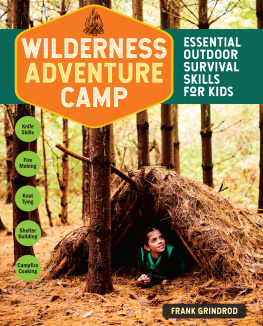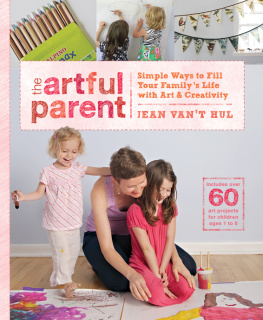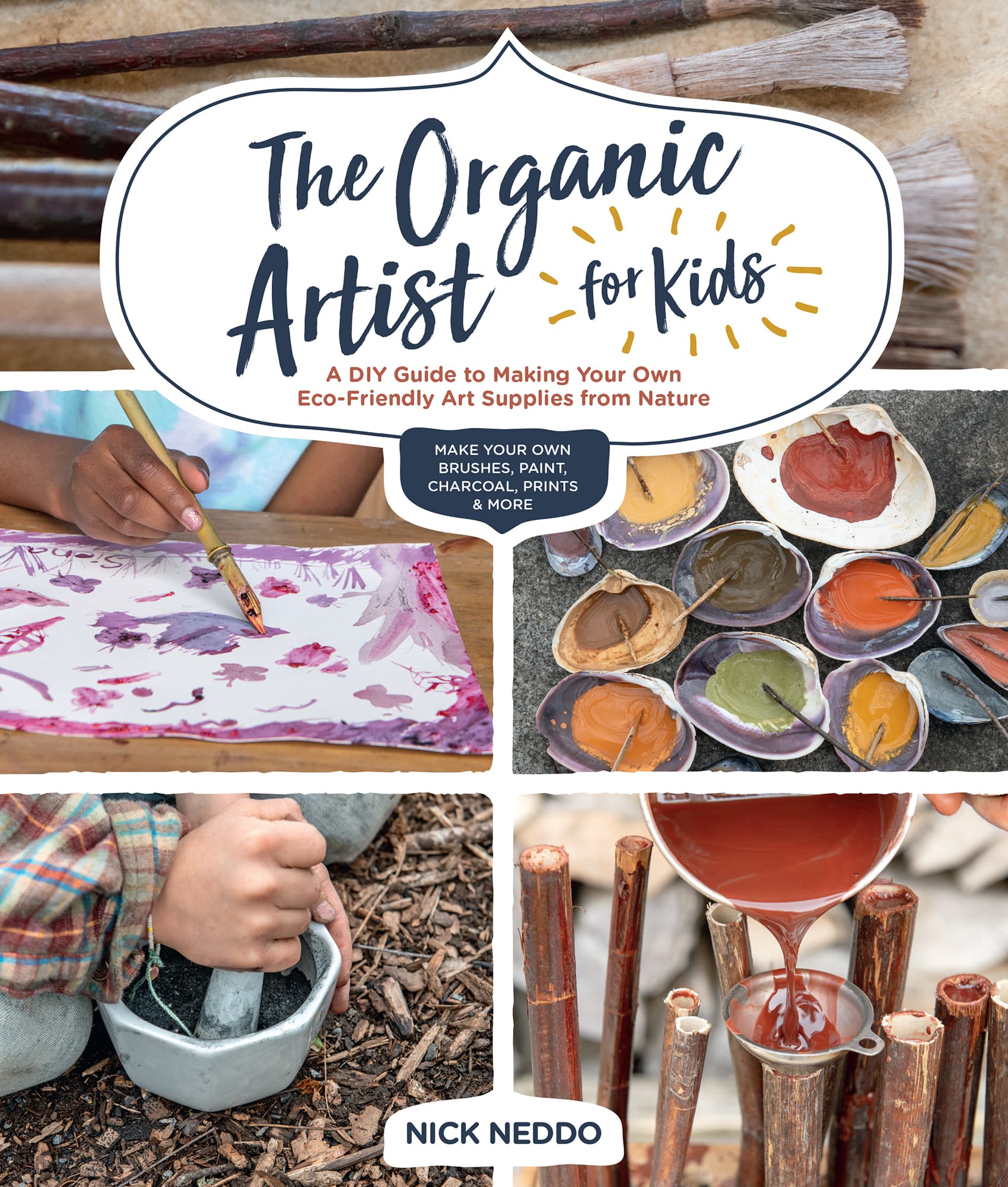WHAT IS THIS BOOK REALLY ABOUT?
Mother Nature is my favorite artist. I surround myself with her art, and because she is the ultimate inspiration in my creative process, my studio is filled with treasures from the landscape.
This book is a guide for adults to introduce children to the process of making art with natures materials, as well as creating art-making tools by hand. The Organic Artist for Kids is about fun and creativity, which, when combined, leads to learning. What will you learn from the projects and exercise in this book, you may ask? These projects guide you to:
Be resourceful
Be creative and experimental
Become more nature-literate
Improve your skills as an artist
Develop skills with hand tools
Be more confident
And, of course, develop and maintain a healthy connection to your own unique creative process
Some of the projects in this book are fairly simple and accessible to the youngest among us, and some are more involved, requiring adult supervision. Each project is marked with one, two, or three oak leaves to give you a sense of how accessible it is for a certain age or skill level. Look for the leaves at the beginning of each project.
Kids are naturally curious and, with the right kind of support from adults early on, they will remain so throughout life. Orb Weaver, Nick Neddo, painting with ink made from willow bark.
ROLE MODELING AND MENTORING
This book gives kids responsibilities and does not insulate them from valuable learning opportunities. Yes, it is about making art and art tools from nature. It is also about empowering young people with new skills as well as knowledge of nature and the secret life of their local landscapes. In the past twenty years of teaching kids and adults wilderness skills and nature literacy, I have become aware of how many young people are never taught how to use basic hand tools because of the fear of injury. The irony of this is not lost on me, because the biggest danger in using sharp tools is the lack of experience and quality instruction from a mentor. In the following pages I lay out my standards for safe knife and fire use (two of my favorite tools that are directly applicable to some of the projects ahead) for you to practice and teach.
A large part of a healthy education early in life involves a lot of play, rest, and repeat. Summer Fawn, Nick Neddo, drawing with charcoal made with willow.
PLAY
Lets not lose sight of the developmental value that play has in young lives. There are good reasons why play is a universal behavior among the worlds young creatures. Even when a mother bear struggles to find enough food to feed her cubs in hungry times, she tolerates what seems to be a waste of precious calories by her little ones.
Play is the original form of school. In the early years of our lives we learn so many of our foundational skills through the process of playing. We acquire body awareness and coordination, communication skills and awareness of social dynamics, problem-solving skills, and adaptability, just to name a few. Being playful is great for learning. When we are in a state of play (or relaxation), we can experience curiosity followed by experimentation and oftentimes creative breakthroughs.
Being still in nature promotes a deeper sense of self and connection with life in general. Bird in Hand, Nick Neddo, felt-tipped pen.
SETTING UP A CREATIVE ART SPACE IN YOUR HOME
Whether you live in a tiny house or a mansion, you need to designate a space for art and handcrafting. If you have a room for this, awesome! If not, it can be a corner of the living room or closeta place where there is a flat work surface and space to keep supplies like paper and pencils. Ideally, this can be a space that doesnt always need to be cleaned up immediately afterward, but if not, so be it. I think of the experience of being creative as somewhat sacred. It is a special kind of mind-set that comes and goes, like a friendly guest who is a lot of fun to have around. When we have a place at home for drawing and painting and making stuff, it is like we are extending a warm invitation to that special guest, Creativity. Notice when your kids are being creative and dont let trivial things interrupt them. One of the greatest things anyone did for me in my childhood was making sure I never ran out of paper to draw, sketch, and doodle on. Thanks, Gramma.
GATHERING RAW MATERIALS FROM THE LIVING LANDSCAPE
In general, Mother Earths life-forms are resilient. But in todays world, nearly all life-forms are dealing with stress from all directions. It is our responsibility to not be part of this problem as much as possible and help ensure the health of the ecosystem.
Protecting and caring for a place on the landscape is as natural as breathing. The desire to help a place heal or stay healthy is a natural result of feeling gratitude toward that place. This kind of gratitude comes from getting to know that place, which comes from spending quiet time there and becoming part of it. It is no surprise that many people who are not given the opportunities or are unable to spend time in undeveloped places dont develop a profound sense of belonging or a desire to preserve those places. It doesnt need to be wildernesses. You can find this connection in pocket parks, your backyard, or even a strip of forgotten grass between buildings.
OUR HUMAN SUPERPOWERS
Our biggest superpower is creativity. Think about how long we humans have been living on planet Earth as Homo sapiens. We have been around for at least 200,000 years, although new findings are pushing that date back to 300,000 and possibly earlier.
Our Stone Age ancestors solved all of their problems without the use of metal, plastic, paper, glass, or electricity. They relied on wood, bone, antler, stone, ivory, shell, and other materials from the natural world to provide for literally everything they needed. Imagine if you had to make everything you own from scratch. Even with access to modern materials, this is not easy. Not only that, but thanks to our ancestors we inhabit every climate on Earth and survived through mega droughts and ice ages. If our ancestors werent super smart and creative, we wouldnt be here today.











